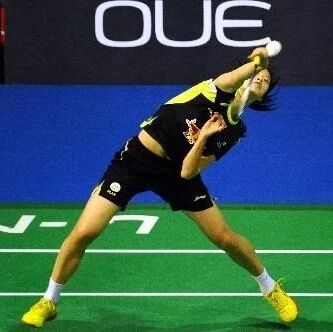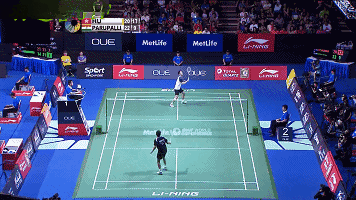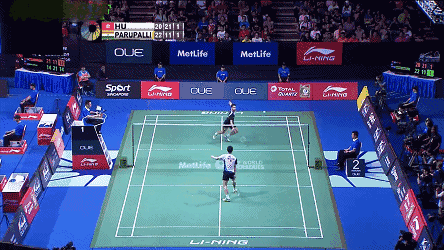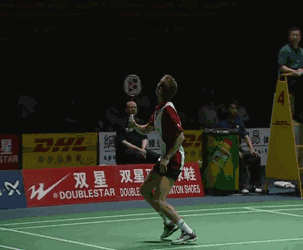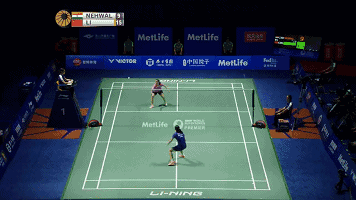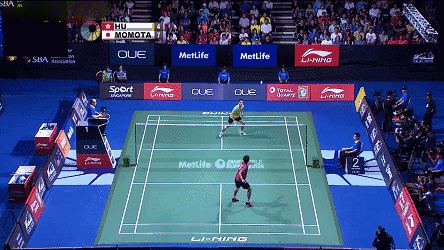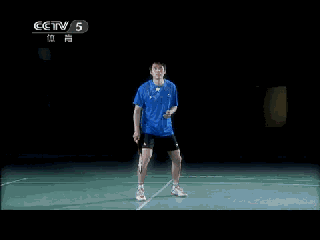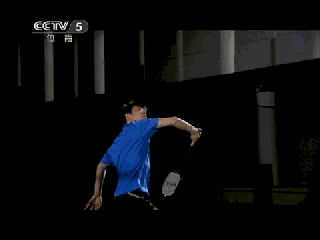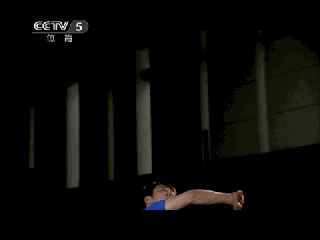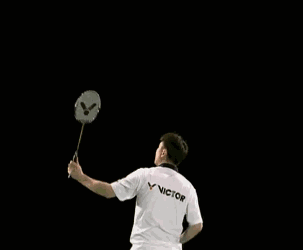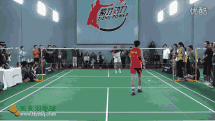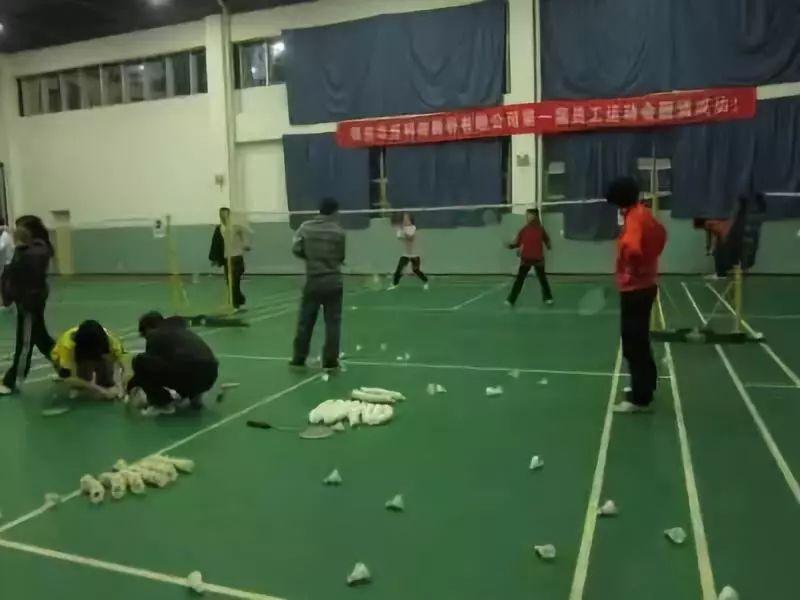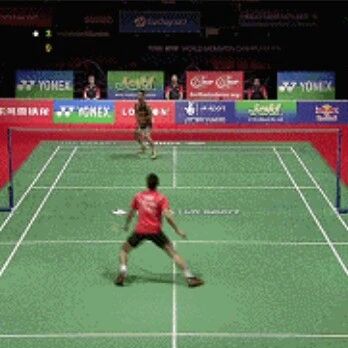
What exactly makes an amateur player a true expert? Is it rocking a killer set of top-notch gear? Or perhaps having a stellar partner by your side? Personally, I always spot the real pros among amateurs—those who master the backhand shot with effortless finesse. Want to join their ranks? Then let’s learn how to execute that tricky backhand drop shot at the net together!
(Backhand drop shot along the diagonal)When both sides reach a stalemate, the backhand drop shot along the net's diagonal can play a decisive role.Change the pace of the game– To catch the opponent off guard, gaining the upper hand for yourself.(Backhand drop shot to the short cross-court line)This is a project focused onChangeA well-rounded, offensive-and-defensive technique that serves as a primary approach, particularly with high usage in singles matches.The racket cracked against the shuttlecock like a whip, sending the ball soaring—A white flashUsually, a sharp, slashing hit sends the ball flying into the opponent's court—before they even have a chance to react, it’s already landed!Using a reverse overhead drop shot at the net—delivered unexpectedly and virtually unblockable—has become a favorite among amateur players.Ace in the hole!Key points for a backhand drop shot with a cross-court trajectory:(1) Proper footwork is the foundation—side steps, one step, two steps—moves that look downright demonic!The backhand drop shot along the diagonal is used to handle backhand baseline shots, so players typically hit it with...Facing away from the netAt this point, it's more difficult to generate power with a forehand stroke.So the requirement isYour footwork must be perfect., establishing a solid fulcrum for the entire movement—this is the foundation upon which this technique relies.(Step in place, using the left foot as the pivot)(2) Only with physical coordination can your movements be graceful—and captivate countless young girls!When hitting the ball, you need to use not only the strength of your wrists and forearms,Coordinated power generation in the waist and legsIt’s also essential. On one hand, it allows you to fully harness the power of your spin, ensuring precise angles on your return and increasing the threat of your shot. On the other hand,Engage your core and legsCan help the body recover more quickly,Beneficial for the next moveThe connection.(3) Strike the shuttlecock precisely, driving a cross-court drop shot to the net—never letting it cross the service line!The optimal hitting point should be where the ball reaches your position.Above the right shoulder, which means a spot reachable with your arm slightly bent—this hitting point is the easiest to generate power and maintain control. IfIf the hitting point is too low, the return shot will easily go into the net.; If the hitting point is too high, it will cause the return shot to have an overly arched trajectory. Therefore,Mastering the Optimal Batting PointIt's the key to a backhand drop shot along the diagonal.(4) The wrist movement is perfectly executed, leaving a beautiful arc in the air above the court!
The backhand drop shot with a cross-court trajectory is a delicate technique that demands significant wrist control. When hitting the shot, the wrist must be firm and precise in managing the racket face angle—especially as you generate power during the swing.Wrist rotates outward, demanding speed and strength.Professional athletes or skilled amateurs can execute a backhand slice, while most casual players, if they manage to hit the ball…Gently lift and move diagonally upward.That's pretty good.The backhand drop shot to the diagonal corner shouldn't be used as a standard tactic; instead, it primarily serves as a strategic option during matches.Deterrence measures, if it can be put to use, it’ll become a deadly, game-changing threat!You don’t have to play it this way, but make sure your opponent knows I can pull it off., forcing the opponent to expend extra energy on defending against this potential point, catching them off guard and leaving them vulnerable.With the right techniques, it’s all about relentless practice—because hard work creates miracles and leads to impressive, even slightly quirky, achievements!1. Practice mastering the backhand high clearLook for opportunities to hit backhand groundstrokes, enhancing your feel for the court's size and positioning. Of course, struggling with a good backhand clear doesn’t necessarily mean you’ll struggle to master the backhand drop shot or cross-court shot.There are always plenty of impressive masters in the amateur scene.2. Strengthen your physical fitness—your body is the foundation for battle!
Especially focus on training the strength of your wrists, forearms, and core. Wrist and forearm strength can be effectively developed using dumbbells, while strengthening your core is best achieved with professional gym equipment designed specifically for that purpose.3. Practice with multiple balls—even a heavy iron rod can be honed into a delicate embroidery needle!When first starting out, practice your backhand drop shots along the baseline on the deuce side repeatedly. Once you’ve mastered this single technique, you can begin combining it with net play by incorporating returns from the front of the court into your drills.The specific method is as follows: First, return a short forehand or backhand net shot. Then, the partner returns the ball to the player’s backhand baseline position. The player quickly moves to the backcourt and executes a backhand drop shot along a diagonal line, ensuring the entire technique is performed dynamically to enhance its practical application.Among these, returning a short ball from the forehand position to the backcourt requires significant movement over a longer distance, making it relatively challenging. Therefore, it’s worth focusing on this technique during practice.4. Stick to the training—once you get used to it, it’ll become second nature!The backhand drop shot with a cross-court angle is a technically demanding skill that requires excellent touch. Therefore, consistent practice is essential to maintain and refine your feel for the shot.Common issues that arise during practice:1, paying too much attention to the detailed movements of the hands while neglecting the legs,Coordinated power from the waistThis neither helps generate power nor allows for a smooth transition to the next shot.2The hitting point is not being mastered accurately. This not only reduces the threat of your returns, giving your opponent opportunities, but also increases your own error rate.3Here’s the key point: You’ll be surprised to find that many people, after hitting the ball, simply stand there admiring their own shot—instead of…Swing, observe, recoverIt's easy to put yourself in a dangerous situation on the next shot—turning an aggressive play into a defensive one.
More article recommendations:
Tip: What to do if your hands are shaking after playing sports?
Battling practice requires speed—faster, even faster, and *a little* faster!!!
Can't you manage doubles in badminton—don't be shy to ask? Here are three rotation techniques you should master as soon as possible.
